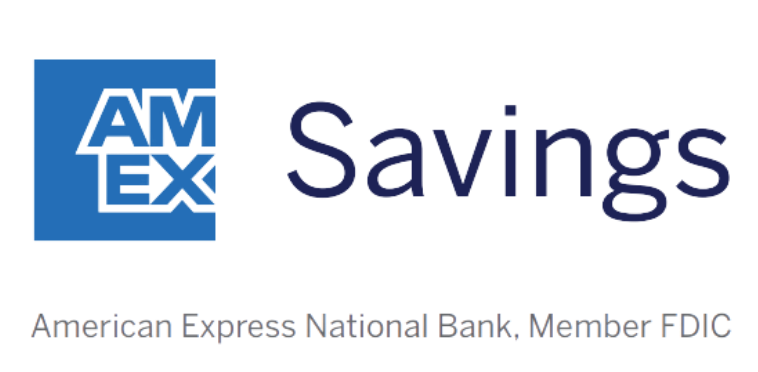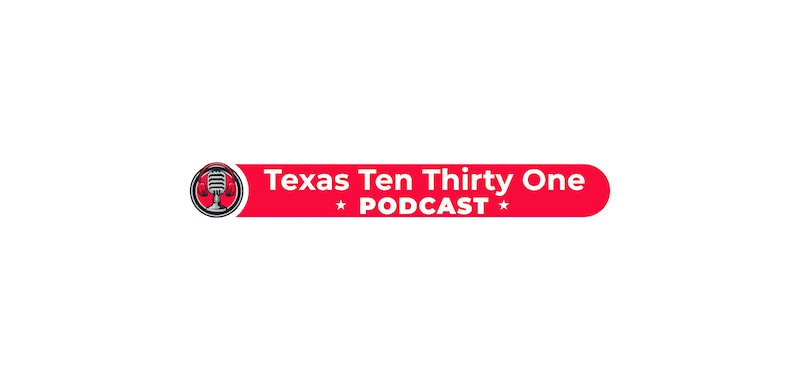The financial news has been abuzz with stories about the Federal Reserve’s first rate cut in four years. It’s a big deal because it signals change. The Fed has kept rates high for some time in an effort to get inflation under control. Now it has taken its foot off the brakes, which is great news for businesses and borrowers.
If you’re a saver who’s been basking in the sun of high savings rates, those changes might have you worried. It’s true, any cash you have in a high-yield savings account is going to earn less interest. That said, it won’t be that much less. And you’ll still need to keep money in savings.
How much less interest will you earn?
It can take a while for the Fed’s rate changes to trickle down to banks and other products. But we can assume that as the Fed lowers interest rates, banks will pay us less on our savings. How much less depends on how much you have saved and what rate you earn.
The average American has around $8,000 in the bank, according to research by The Motley Fool Ascent. That includes different transactional accounts, including savings and checking accounts.
Our Picks for the Best High-Yield Savings Accounts of 2024
|
Capital One 360 Performance Savings 
APY 4.10%
|
APY 4.10%
|
Min. to earn $0 |
|
American Express® High Yield Savings 
APY 4.25%
|
APY 4.25%
|
Min. to earn $0 |
|
Discover® Online Savings 
|
Min. to earn $0 |
In the interests of putting some real numbers around all those percentages, let’s imagine you have $8,000 in your savings account. If your bank reduced your APY by 0.5%, it would mean you’d earn $40 less in annual interest. As rates fall further, it will squeeze your interest payments more.
Here’s what that might look like:
| APY | Annual Interest on $8,000 Balance |
|---|---|
| 4.5% | $360 |
| 4.0% | $320 |
| 3.5% | $280 |
| 3.0% | $240 |
Data source: Author’s calculations
Now, the table above is simplistic because the interest rates on savings accounts are variable, so you likely wouldn’t get a guaranteed 4.5% APY for a whole year. Even so, it shows that the Fed rate cuts won’t have a significant impact on your savings, in the grand scheme of things.
Does the Fed rate cut matter for savers?
Having savings is a cornerstone of your finances, whatever APY you earn. Having money in the bank gives you a safety net in case something goes wrong. If you’re trying to gather funds for a vacation or a new car, your savings account is the place to do it. If you want to avoid taking on debt, you’ll need to be able to dip into the money you have saved.
More widely, having savings is what allows you to take risks. Perhaps you want to invest for the future and build wealth. Before you buy assets that (ideally) will perform well in the long term, it’s crucial you shore up your reserves. That means having cash in your savings account.
How to maximize your interest earnings
As we saw above, savings are essential. And the recent high interest rates on savings accounts and certificates of deposit (CDs) have been a boon for savers. But they aren’t the norm — savings rates haven’t been this high for decades. Think of the recent high interest as a bonus rather than something to be expected.
Take these steps to continue generating as much interest as possible from your savings.
1. Think about how much you need in savings
One of the great things about earning solid APYs on your savings is that you don’t have to think so carefully about how much money you kept where.
Falling rates could be an opportunity to use cash you don’t plan to touch for the coming five to 10 years to build wealth. Once you’ve got three to six months of living expenses in savings, you might be able to invest the rest. That might mean buying stocks, exchange-traded funds (ETFs), property, or other assets.
Investing carries more risk, and there will be years when your portfolio loses value. But over time, investments can average much higher returns than you’ll get from a savings account.
2. Consider locking in high CD rates while they still last
Savings rates are already falling, but it won’t happen overnight. If you haven’t yet opened a CD and have cash you don’t plan to touch in the medium term, it isn’t too late. As I write this, there are still top CD rates of over 4.5%
When you open a CD, you commit to leave that money alone for the CD term. As a reward, you lock in an APY that’s often higher than your savings account. That makes them a good choice for funds you know you won’t need in the next few months or years.
3. Look for savings accounts with high APYs
There’s a difference between a normal savings account and a high-yield savings account. The average savings APY is 0.46, according to the FDIC. But high-yield accounts are still paying upward of 5%.
Just because rates are falling doesn’t mean you shouldn’t earn the most interest you can. Shop around for an account that both pays a competitive APY and meets your other needs.
Bottom line
Having savings is important, not least because you need money in an emergency fund that’s easily accessible in case something goes wrong. It’s worth trying to maximize the interest you earn, but don’t stop saving just because rates are falling.

